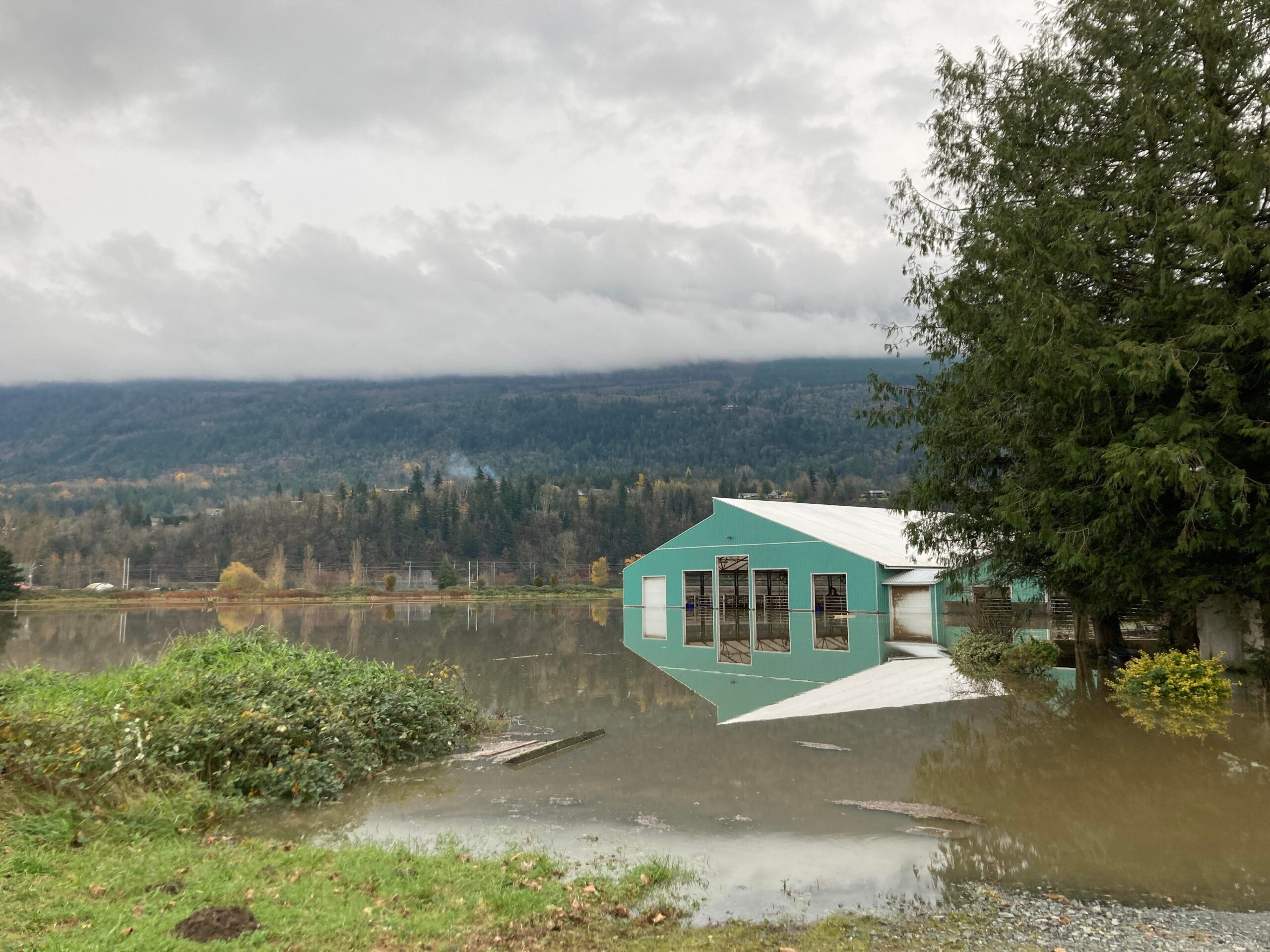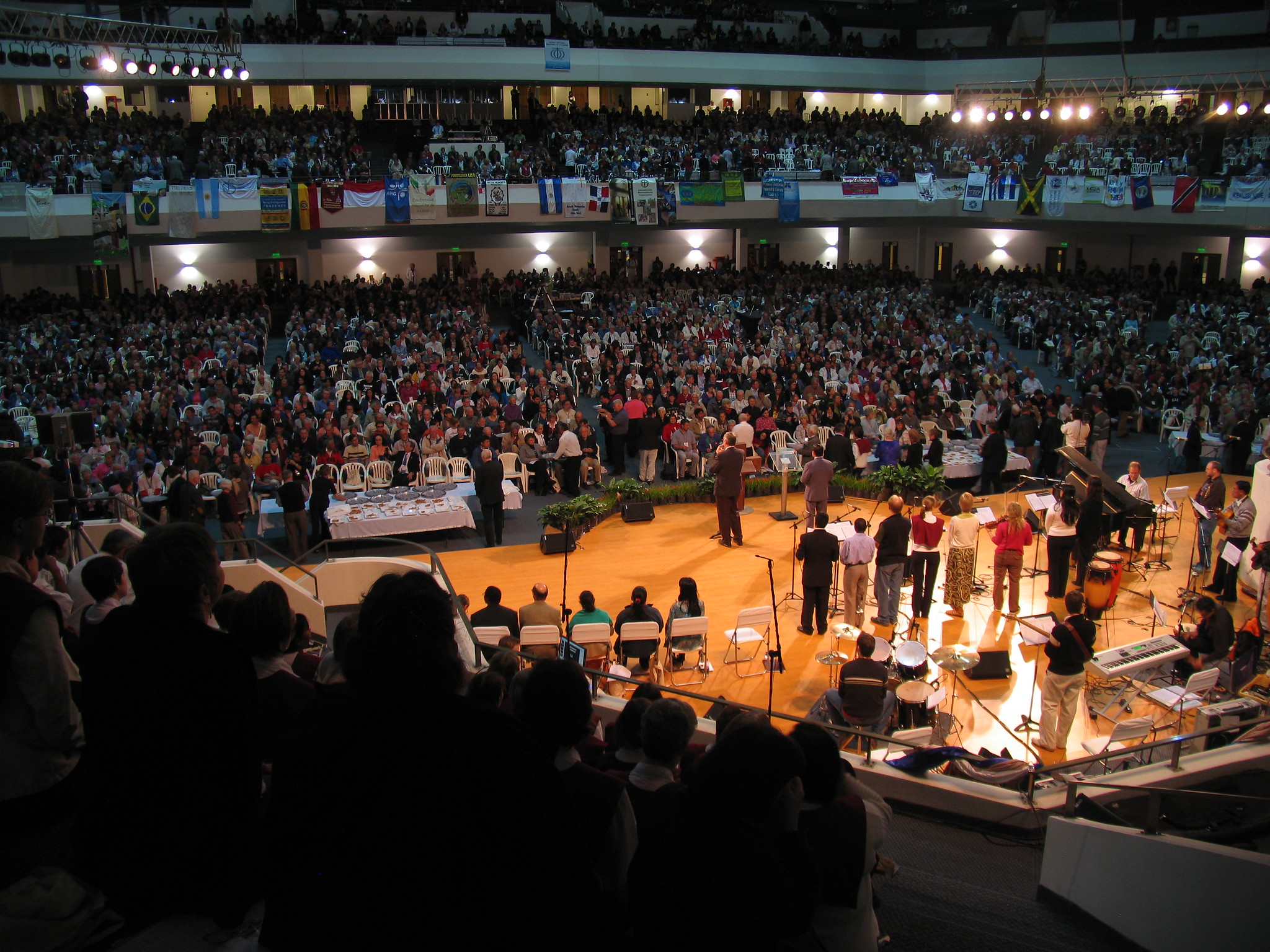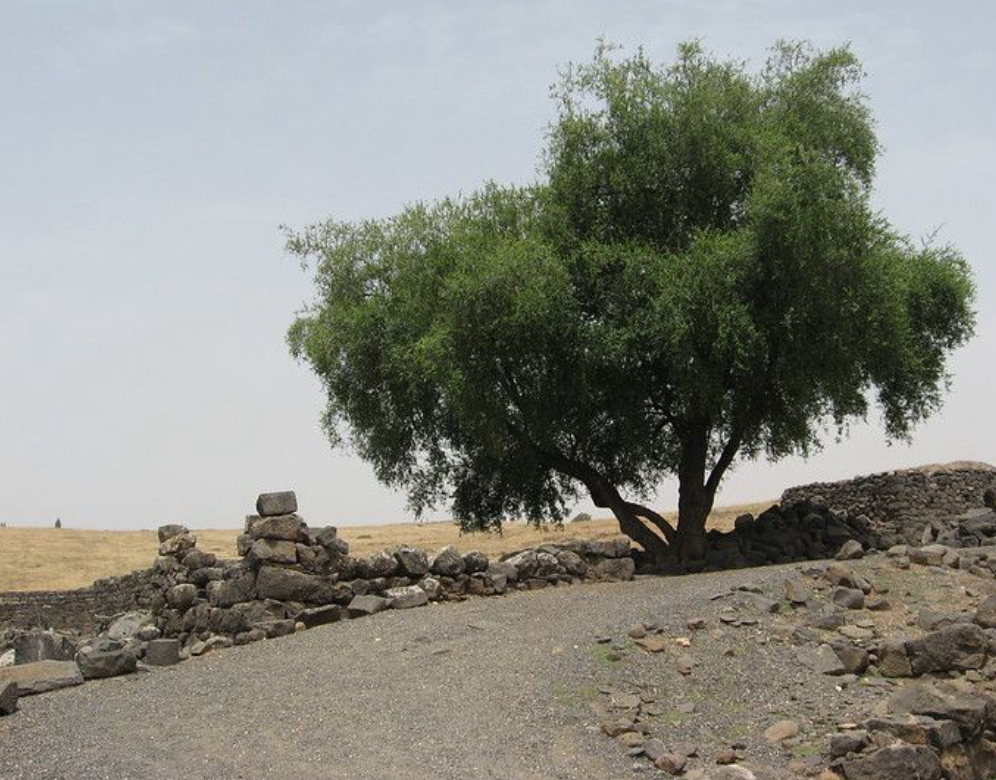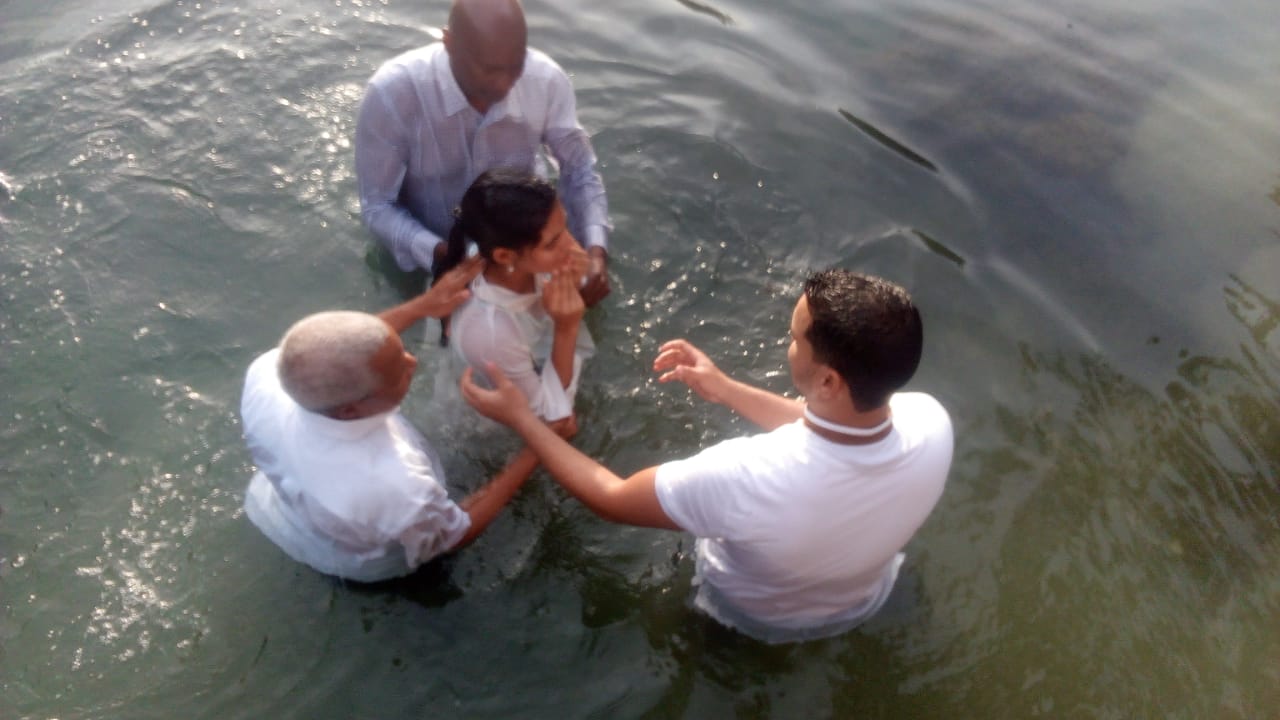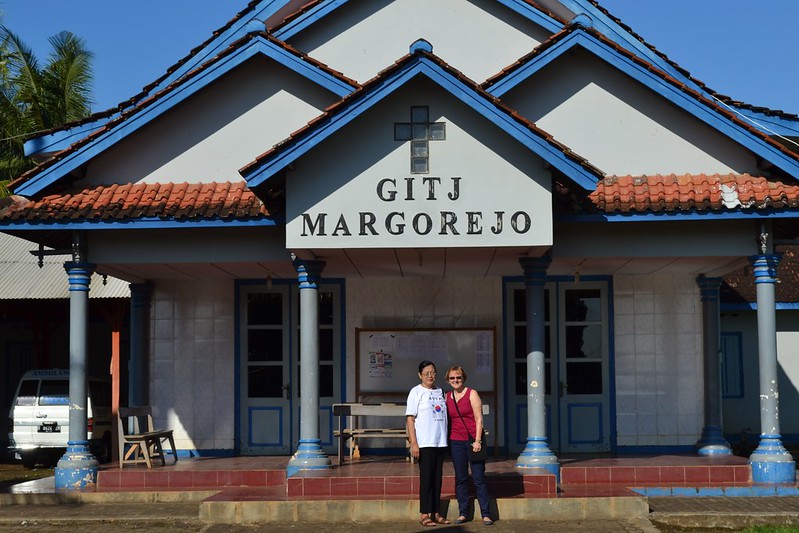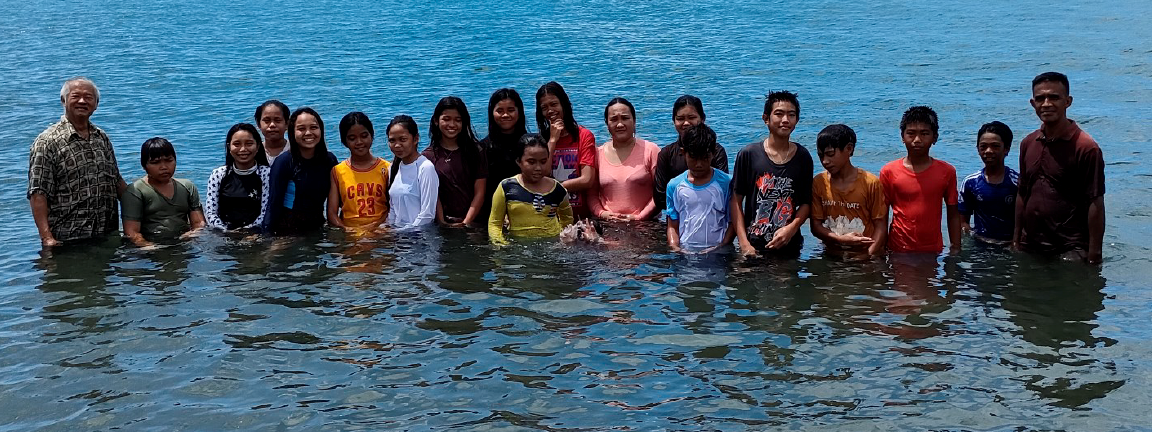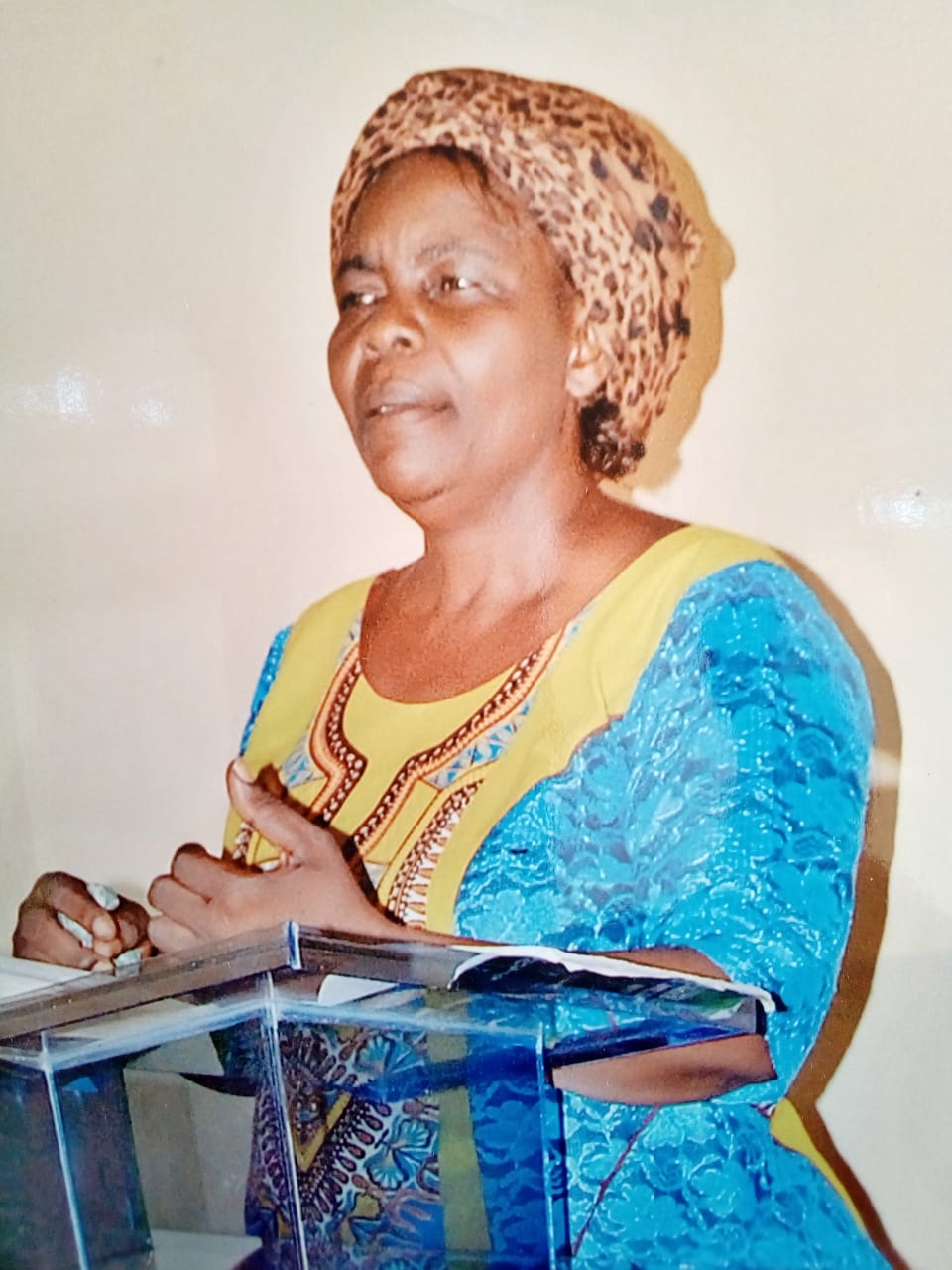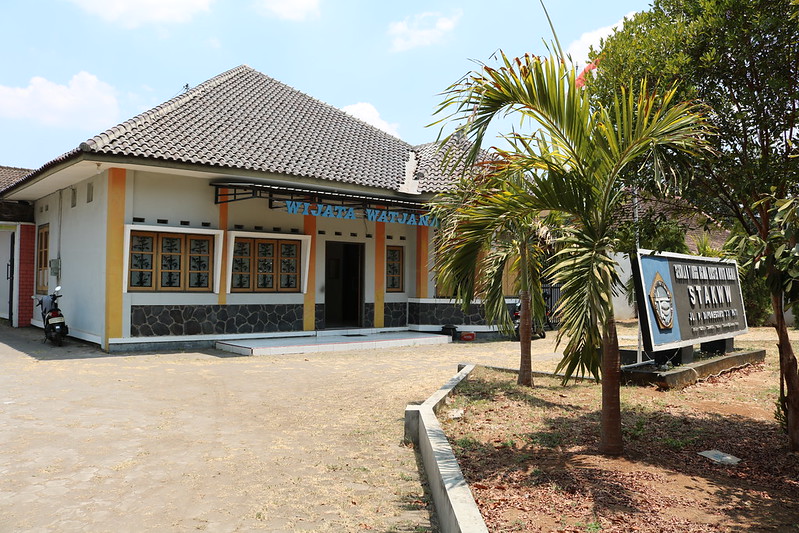-
A pastoral letter for Anabaptists in British Columbia
Let us remember in prayer the people of British Columbia in western Canada. After a summer of heat waves and wildfires, a series of storms is battering the region, causing serious flooding and landslides. Thousands of homes and farms are affected in this region where many Mennonite and Mennonite Brethren church members live and work.…
-
Assembly music: “A mountaintop experience”
Mark Wenger, singer, bass Franconia Mennonite Church, Telford, Pennsylvania, USA Assembly 16: PA 2015 “I was the old guy in the worship team. My favorite memory is the exuberance and joy of making music together with songs from all around the world. It was hard work in preparation, but terrific fun in the performance and leading.” “The global Mennonite
-
When the wicked prosper
Take refuge in the Lord This devotional is inspired by the question “What now?” as church leaders assess the changes that have come about due to COVID-19. Psalm 73 reflects the understandable frustration when the expectations of Psalm 1 do not pan out in lived experience. Here the psalmist sees the “prosperity (shalom) of the
-
Life-changing indeed!
Assembly team reflects on why they keep coming back for more Many people serving the Mennonite World Conference today started as participants or delegates to its six-yearly Assembly. Here, Assembly staff members share how Assembly transformed their view of the church: from local to global, from small to significant; from giver-recipient relationship to equal partners
-
“Believe and Be Baptized: A Global Conversation on Baptism”
Following a 5-year conversation with theologians from the Roman Catholic and Lutheran traditions, the Faith and Life Committee invited the members of Mennonite World Conference to consider our practices of Anabaptist together at Renewal 2027 in two webinars entitled “Believe and Be Baptized: A Global Conversation on Baptism.” Biblical, theological, and historical context of believers
-
Mustard-seed faith that moves mountains
“For truly I tell you, if you have faith the size of a mustard seed, you will say to this mountain, ‘Move from here to there,’ and it will move; and nothing will be impossible for you.” (Matthew 17:20) In July 2009, leaders from the three Indonesian Mennonite conferences GITJ, GKMI and JKI found themselves in a conversation outside
-
Ministry partner update: ICOMB – November 2021
Introducing the Global Family: Kapatirang Menonita Ng Pilipinas Incorporated – Philippines Emerging Conference Kapatirang Menonita Ng Pilipinas Incorporated or Mennonite Brethren of the Philippines is an Emerging Conference in partnership with ICOMB. The Conference is composed of 8 local churches or congregations placed in different regions of the country, with a total of approximately 670 members. Although
-
How does climate change intersect with other community challenges?
“The majority of our members do not have jobs; survival is very difficult.” Leontina Mahamba, Paroisse Alegria de Malanje, igreja Comunidade Menonita em Angola “Mental illness is the major factor keeping the people we encounter homeless. Heat, drought and bad air exacerbate their situation. Food insecurity is another issue we address…. People are forced to choose between
-
6 reasons to attend the MWC Global Assembly in Semarang, Indonesia
Before visiting Indonesia to meet the Anabaptist-Mennonite family in person, meet them through history. A Cloud of Witnesses by historian and MWC leader John D. Roth offers a brief, readable account of the three Anabaptist-Mennonite synods in Indonesia. 1. Come to the MWC Assembly to learn more about the global church. We sometimes forget that the body of Christ is bigger
